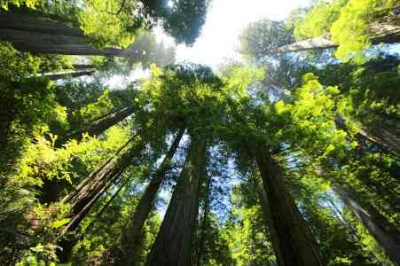When boreal forests burn?

A large portion of our planet's land surface is covered by forests (of different types). These include tropical, subtropical temperate, and boreal forests. While forests the world over are threatened by global warming boreal forests grapple additionally with an issue unique to them. What is it? Come; let's find out the boreal forests of the northern hemisphere span Scandinavia, Siberia, Alaska, and Canada. Due to this vastness and the sheer number of trees they hold, these forests are an important carbon sink. Carbon has also accumulated over thousands of years in the soil due to the (long) time it takes for dead organic matter to decompose, thanks to the region's cold climate and water-logged ground. The ecosystems here have been shaped mainly by "wildfires ignited by lightning" During these fires, due to the quantum of carbon it holds, a boreal forest "will release 10 to 20 times more carbon compared to a similarly sized fire in other ecosystems". But then, unlike most other types of forests, these forests "might burn only once a century, sometimes even less often than that". Because of this frequency, the amount of carbon stored has always exceeded that of carbon released into the atmosphere; it has been so for at least 6,000 years now. But now global warming is threatening this delicate balance.
Due to rising global temperatures, the fire season has become longer, leading to an increase in the frequency and severity of wildfires. As the "interval between fires shortens, more carbon is being released from organic soils in boreal forests than the ecosystems can reabsorb". A new study shows a dramatic spike "in emissions from boreal fires over the past two decades". In 2021 alone, they showed "a record 23% of global vegetation wildfire emissions, more than twice their contribution in a more typical year. If such spikes continue, it is likely that boreal forests may soon become a significant source of global emissions from biomass burning.
Picture Credit : Google